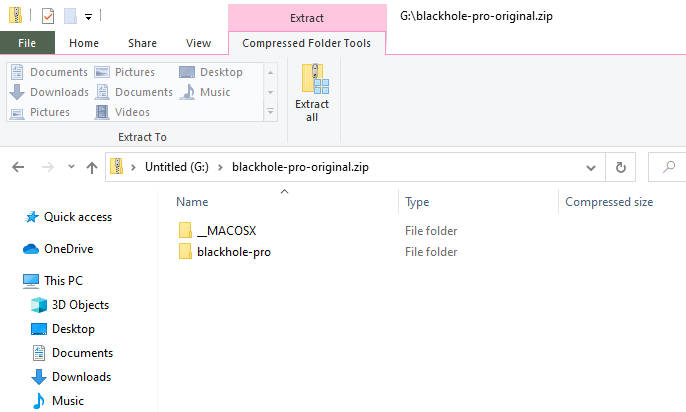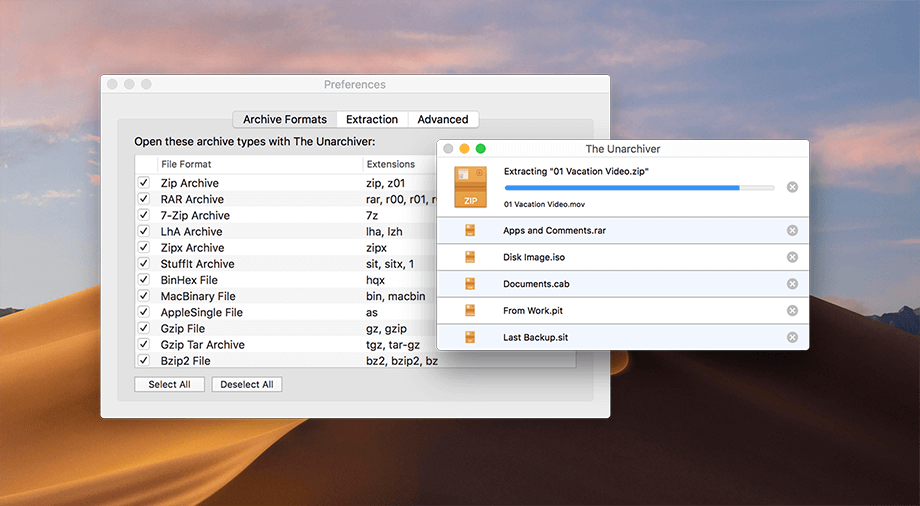

- #ZIP A FILE ON MAC COMMAND LINE UPDATE#
- #ZIP A FILE ON MAC COMMAND LINE ARCHIVE#
- #ZIP A FILE ON MAC COMMAND LINE ZIP#
Suppose we have following files in my current directory (docs) are listed below:Īdding: docs/ //Compressing the directoryĪdding: docs/unix.pdf // Compressing first fileĪdding: docs/oracle.pdf // Compressing second fileĪdding: docs/linux.pdf //Compressing third fileĥ. Syntax: $zip –r filename.zip directory_name
#ZIP A FILE ON MAC COMMAND LINE ZIP#
This option helps you to zip all the files present in the specified directory. r Option: To zip a directory recursively, use the -r option with the zip command and it will recursively zips the files in a directory. This is useful for conserving disk space, but is potentially dangerous removing all input files.Īfter this command has been executed by the terminal here is the result: Command:
#ZIP A FILE ON MAC COMMAND LINE ARCHIVE#
No deletions are done until zip has created the archive without error. If a directory becomes empty after removal of the files, the directory is also removed.

Move the specified files into the zip archive actually, this deletes the target directories/files after making the specified zip archive. m Option: Deletes the original files after zipping. The hello5.c file is updated to the zip fileģ.
#ZIP A FILE ON MAC COMMAND LINE UPDATE#
Update an existing entry in the zip archive only if it has been modified more recently than the version already in the zip archive.Īfter updating hello5.c from myfile.zip file, the files can be restored with unzip command Command: This option can be used to update the specified list of files or add new files to the existing zip file.

u Option: Updates the file in the zip archive. The hello7.c file is removed from zip fileĢ. Suppose we have following files in my current directory are listed below:Īfter removing hello7.c from myfile.zip file, the files can be restored with unzip command Command: After creating a zip file, you can remove a file from the archive using the -d option. d Option: Removes the file from the zip archive. The default behavior (with no options) is to extract into the current directory (and sub-directories below it) all files from the specified ZIP archive.ġ. Unzip will list, test, or extract files from a ZIP archive, commonly found on Unix systems.

Syntax for Creating a zip file: $zip myfile.zip filename.txt The program is useful for packaging a set of files for distribution for archiving files and for saving disk space by temporarily compressing unused files or directories. zip automatically chooses the better of the two for each file to be compressed. zip has one compression method (deflation) and can also store files without compression.


 0 kommentar(er)
0 kommentar(er)
